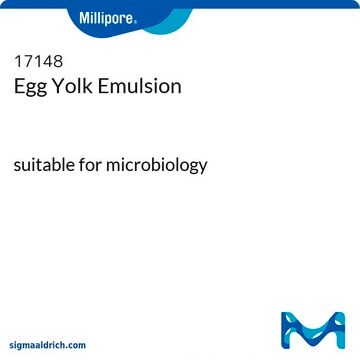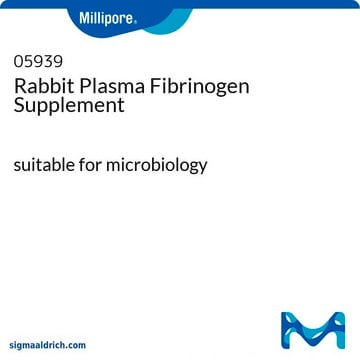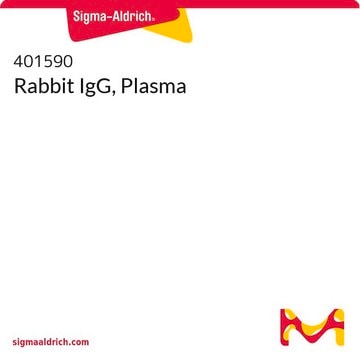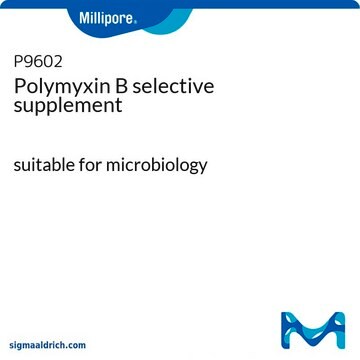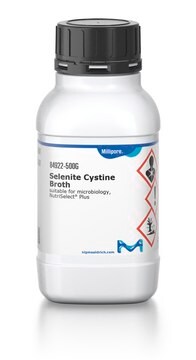75208
Egg yolk Tellurite Emulsion
suitable for microbiology
About This Item
Recommended Products
sterility
sterile
Quality Level
form
liquid
shelf life
limited shelf life, expiry date on the label
application(s)
clinical testing
environmental
food and beverages
microbiology
storage temp.
2-8°C
suitability
Staphylococcus spp.
Related Categories
General description
Application
Packaging
Components
Egg yolk: 30 mL, sterile saline: 64 mL, sterile 3.5% potassium tellurite solution: 6 ml
related product
Storage Class Code
10 - Combustible liquids
WGK
WGK 3
Flash Point(F)
Not applicable
Flash Point(C)
Not applicable
Choose from one of the most recent versions:
Already Own This Product?
Find documentation for the products that you have recently purchased in the Document Library.
Customers Also Viewed
Articles
Chromogenic media enable the selective detection of S. aureus, which produce bluish-green colonies that are clearly differentiated from other species.
Chromogenic media enable the selective detection of S. aureus, which produce bluish-green colonies that are clearly differentiated from other species.
Chromogenic media enable the selective detection of S. aureus, which produce bluish-green colonies that are clearly differentiated from other species.
Chromogenic media enable the selective detection of S. aureus, which produce bluish-green colonies that are clearly differentiated from other species.
Our team of scientists has experience in all areas of research including Life Science, Material Science, Chemical Synthesis, Chromatography, Analytical and many others.
Contact Technical Service